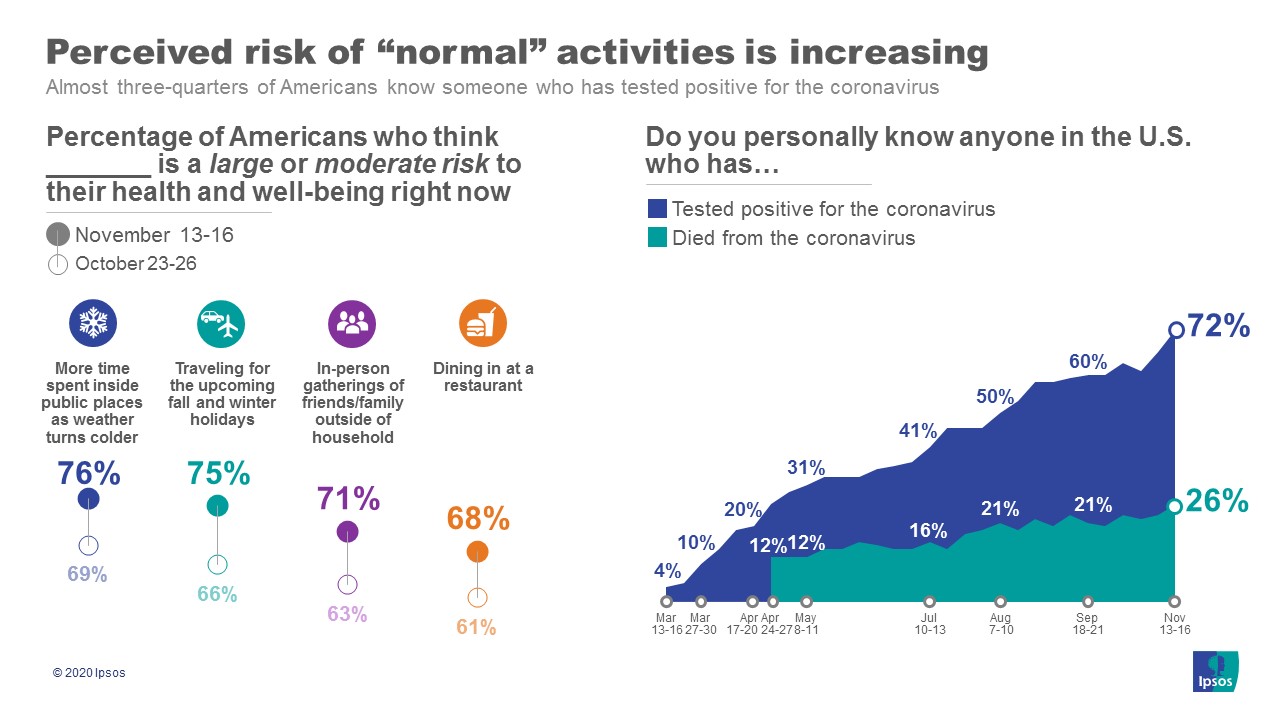CBS article: Pfizer’s COVID-19 vaccine distribution will be a “logistical nightmare”
Key points:
• The deep-freeze “suitcases” containing specially made dry ice and 1,000-5,000 doses can only be opened twice a day for no more than 3 minutes at a time.
• The suitcases stay cold for 10 days, starting from the moment they’re sealed. (Pfizer’s facilities are in Kalamazoo, MI and Pleasant Prairie, WI.
• It’ll take up to 4 days for transport, leaving 6 days to administer 5,000 doses before they go bad–that’s 833 vaccinations per day. (Gov. pays for syringes, but so far, not staff.)
•Suitcases can be refilled with the specially formulated dry ice only, costing a few hundred $$. This would extend the life 5 days.
•Those ultra-cold freezers cost $20,000 EACH, and there’s currently a six-week waiting list. Hospitals don’t know yet if they’ll be designated distribution points, so can’t plan.
•Struggling rural hospitals can’t afford the freezers and staff power required.
• Research facilities DO have those freezers, but they’d have to be repurposed for vaccine storage and distribution to satisfy public health regs.
•AND a BIG factor is that Pfizer’s vaccine requires 2 doses 21 days apart. So in 21 days, you’ll still be doing round one vaccinations when you have to start on round two–twice as much demand.
I’m still optimistic that between Pfizer and Moderna, we’ll be able to get everyone (except anti-vaxxers) vaccinated, but as Ringo Starr said, “It don’t come easy.”


